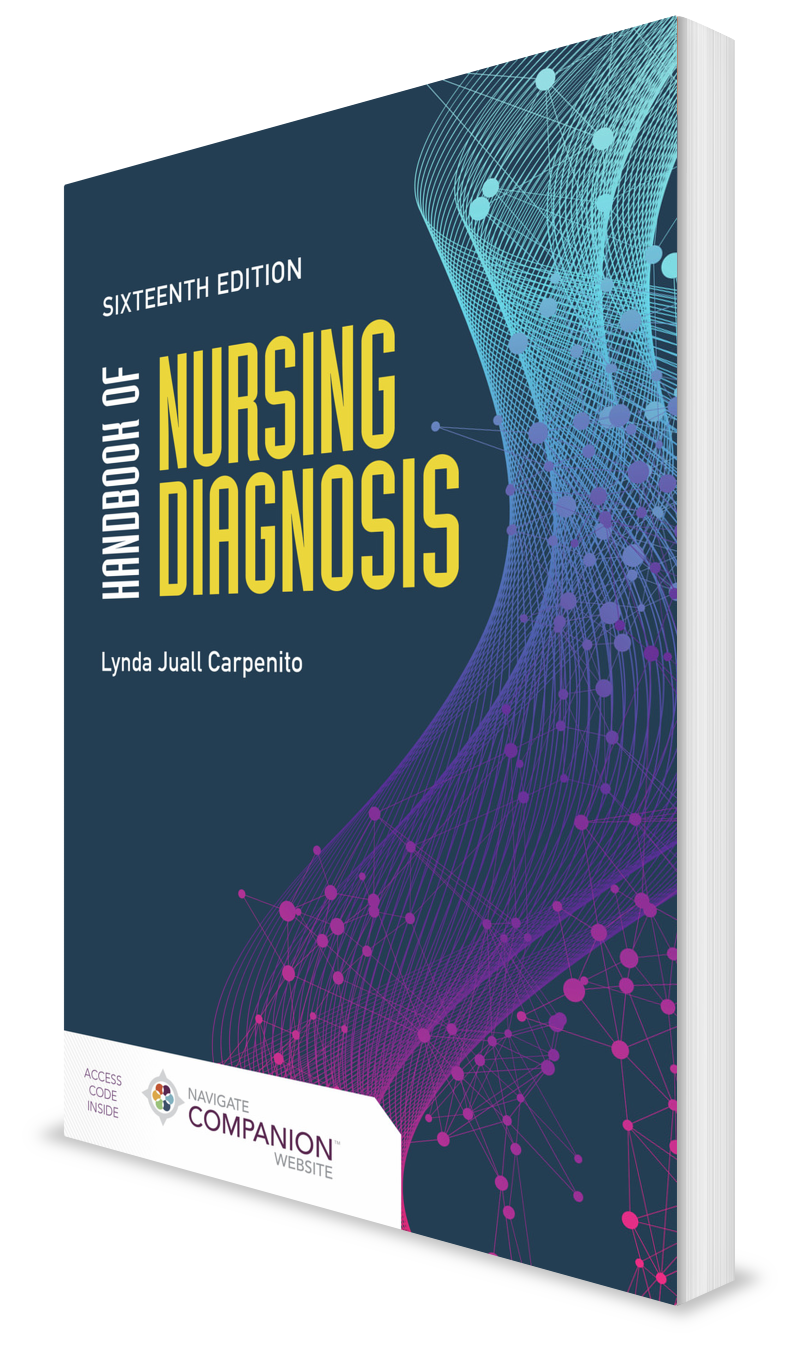Clinical Strategies that Promote Successful Utilization of Care Plans by Nursing Students

The primary focus of the first clinical experience is for the student to apply the course content and to perform the expected clinical skills with competence and empathy. To achieve this, students must have realistic parameters on expectations. Caution must be taken when the students are placed in situations beyond their clinical skills and knowledge. Nothing positive is gained when a student fails when an expectation is unrealistic.
In a previous blog post, I discussed care planning within health care facilities. In this post, I will detail the importance of developing clinical strategies that promote the successful utilization of care plans by nursing students.
Student Care Plan Assignments
Clinically, the “learning” and application of nursing diagnosis by students is primarily through care planning.
The care planning requirements for students vary in nursing programs as described in the above cited blog. Regardless of the format, most if not all plans in a healthcare facility are focused on a medical diagnosis, surgical or diagnostic procedure. They contain the nursing diagnoses and collaborative problems predicted to be associated with the condition or procedure such as surgery.
Collaborative problems are certain physiological complications that nurses monitor to detect onset or changes in status. Nurses manage collaborative problems using physician/nurse practitioner/physician assistant prescribed interventions to minimize complications of the event.
As the fundamental student encounters their first clinical course, what is expected of them in terms of care planning?

Care Planning
The clinical experience for a fundamental student is the most difficult clinical practicum in the nursing program. Especially with the current hospitalized population. The average length of stay in the U.S. is 4.5 days.
For laparoscopic surgery from 2 to 4 days and for open surgery 4 to 7 days. More than 60 percent of surgeries performed are same day surgery. This shortened length of stay yields patients, available for assignment for fundamental students to have a higher acuity, which will require close supervision by staff and the instructor.
Fundamental students in different nursing programs or different clinical courses will be required to create a care plan:
- The night before their clinical based on information from the faculty primarily and with the medical or surgical condition. OR
- The student assesses the patient during an allotted time and then creates a draft care plan.
Both scenarios provide the student with patient information related to their medical diagnosis or surgical condition. Thus, should be expected that the care plan that the fundamental student prepares will be derived from their condition. The expectation that a fundamental student will add to or delete from a standardized care plan is improbable especially early in the course. Initially for a fundamental student, an expectation that they would assess and identify data to individualize the care plan is unrealistic. They can be expected to recognize deviations from normal for data that they have learned to assess as vital signs, respiratory status, or early signs of pressure injuries. In addition, they can report a person with increased anxiety or fears.
Of course, the instructor can discuss the assigned individual with the student and assist the student to discover other significant data. Caution must be taken in regard to the student’s ability to intervene. It is important for faculty to acknowledge that the fundamental student can only deem data significant if they have the knowledge of the range of normal vs abnormal. Students will be instructed to consult with their instructor or a unit nurse when problematic data is encountered. When a unit nurse proposes a student perform a treatment that is beyond their present skills, suggest that the student assist the nurse or the instructor or if appropriate have supervision.
Student Care Planning: Expectations
Electronic care plans are present in most if not all healthcare facilities. These care plans are extremely useful for students. It is no longer necessary for students to create these care plans. Realistically, what the fundamental student creates has been copied from some reference.
Students would be provided with an electronic version of a standardized care plan with the course materials eg. medical, surgical, generic pediatrics, maternity etc. Ideally, this is provided online to allow the student the opportunity to add or delete content based on their assessments. If the facility cannot provide this, then the faculty can direct the student to access the recommended document online.
Not only is there an elimination of unnecessary copying, students will also now be in a better position to delete or add interventions based on their data collection. As a graduate nurse, this is what would be expected of them in their health care facility.
For example, in caring for an accident victim, the student is advised that her son died in the accident. This student can inquire how to add Grieving related to recent death of son in the car accident to her problem list. Certainly, a critical piece of data for all caregivers involved in her care.
Since their creation, traditional care planning has been a required document viewed as required but having little value to the nurse. These care plans whether handwritten or online, reflected the routine care for an individual with a condition. If the nurse caring for an individual recommended a change to the care, this was communicated during “shift report”. Unfortunately, too often this verbal exchange is not recorded for the subsequent caregivers to access.
Educating nursing students that standardized care plans are very useful when one is unfamiliar with the care for a particular medical or surgical condition is important. Having students create standardized care plans has little value. It is far more important to mentor them in adding to or deleting from the standardized plan versus creating them.
Handbook of Nursing Diagnosis, 16th Edition
Handbook of Nursing Diagnosis, 16th Edition, is the ideal quick reference for nursing diagnosis information. This trusted handbook covers the NANDA-I Nursing Diagnoses 2021-2023 and offers practical guidance on nursing diagnoses and associated care.
Request Your Digital Review CopyRelated Content:
- Mastering Nursing Fundamentals Instruction: A Comprehensive Teacher’s Guide
- A Guide to Teaching Nursing Theories
- Nurses are Burning Out on the Job. Educators Can Help.
About the Author:
Lynda Juall Carpenito, MSN, APN, FNI, is the author of several nursing and health care textbooks on nursing process, nursing diagnosis, care planning and documentation and clinical teaching. She is a family nurse practitioner based in Mt. Laurel, New Jersey, and the president of LJC Consultants.
